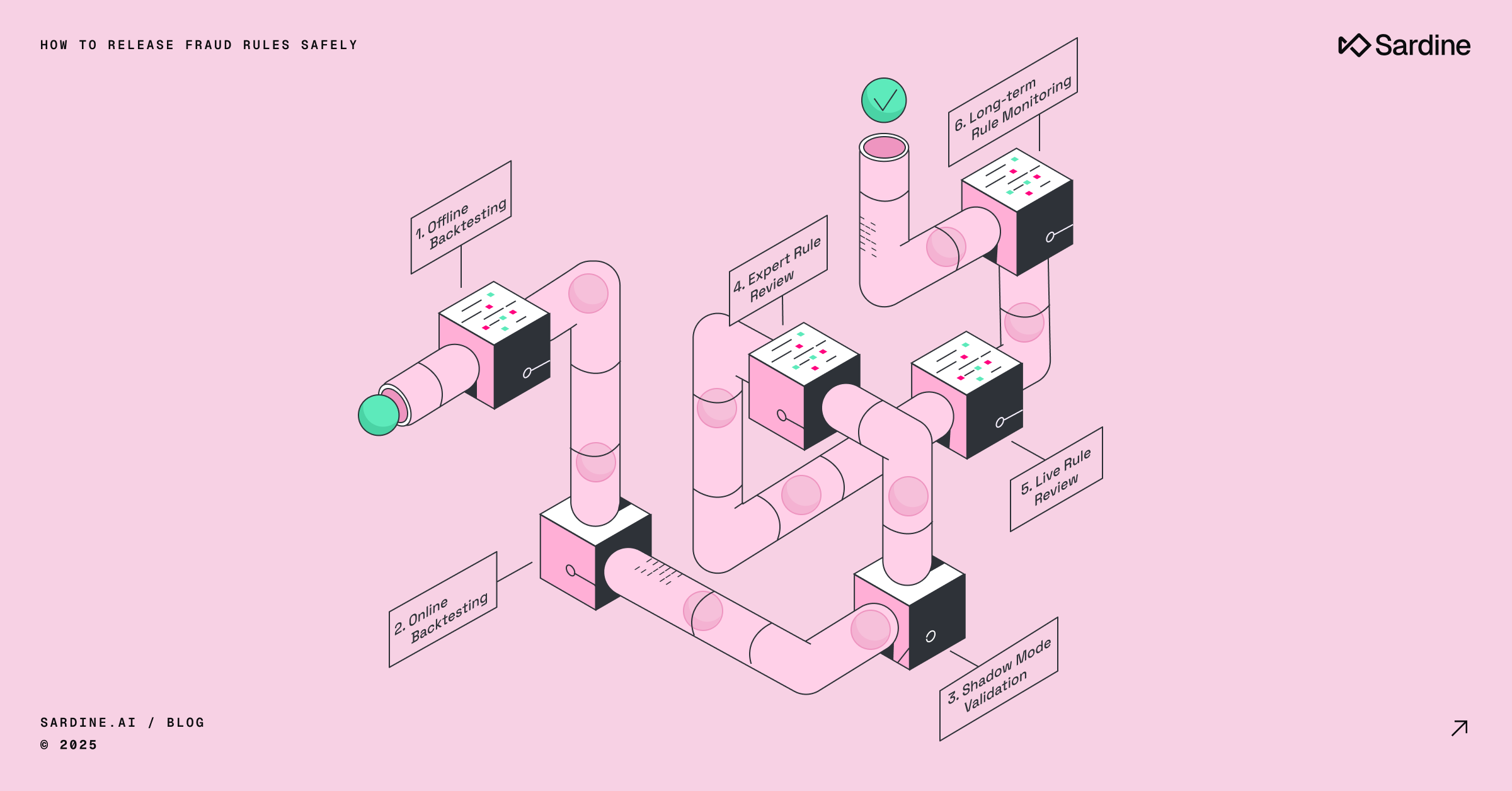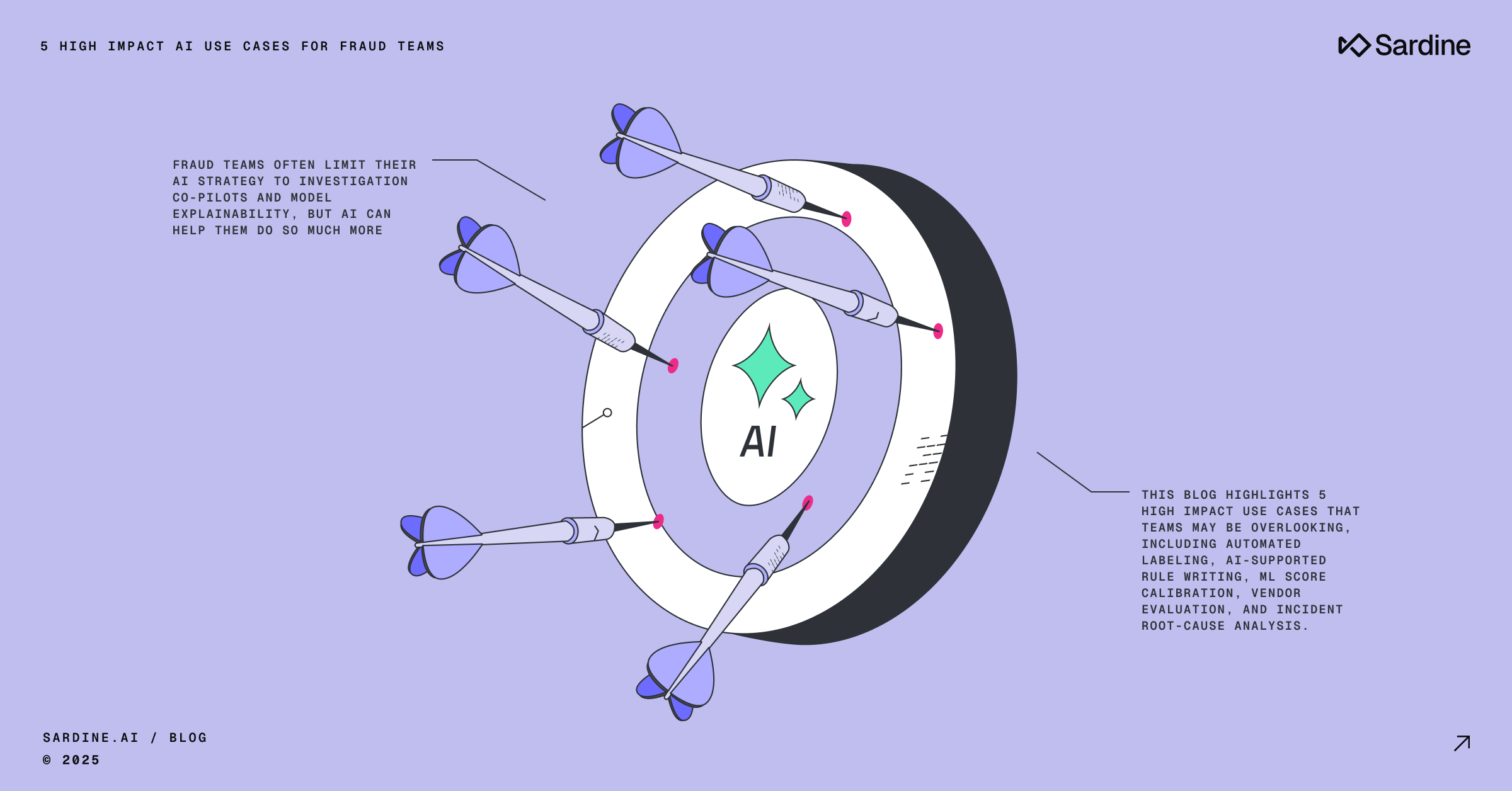The rise of computer-using agents: GenAI bot detection
Imagine a reality where AI agents book your dinner, buy your plane tickets, and manage your life online. That future just arrived, and it's about to change everything about internet security.
We are on the brink of a profound transformation in how people interact with the web—driven by the rise of Computer Using Agents (CUAs) powered by large language models (LLMs).
This week, Anthropic released its beta version of Computer Use, giving LLMs the ability to browse the web, make decisions, and execute tasks autonomously. But this is just the beginning. By the end of next year, tens or even hundreds of millions of people will rely on computer-using AI assistants for daily, mundane tasks: booking a table at a restaurant, reserving a seat on a plane, or managing online orders. This shift is about to disrupt bot detection and website security.
The implications are enormous, and companies relying on CAPTCHA systems for bot prevention must begin to rethink their approach.
I founded Sardine to protect our financial systems by building the best device intelligence in the world. It's now clear that the scope of this technology needs to expand—to protect the entire internet against malicious bot activity.
The End of CAPTCHA as an Automated Fraud Detection Mechanism
CAPTCHAs—those little puzzles or image-clicking tests meant to distinguish between humans and bots—have long been a staple of web security. But the days of CAPTCHA as an effective shield are numbered.
As LLMs gain vision and interaction capabilities, they can now easily solve CAPTCHAs, undermining their fundamental purpose. This is not a distant future—although Anthropic’s release has safety features preventing their models from solving CAPTCHAs there will soon be tools that allow users to seamlessly solve click and puzzle CAPTCHAs, rendering them ineffective. If you want to go deeper, here's a fun paper exploring the topic.
A New Reality: Agents Everywhere
We are accelerating toward a world where everyone will have an AI assistant that can accomplish tasks on the internet, and it will arrive sooner than many think. In the coming year, CUAs will become everyday tools, making our lives more convenient, but also creating a new breed of challenges—especially for the digital security ecosystem.
Sadly, malicious actors will also inevitably leverage CUAs to automate previously labor-intensive malicious activities. CAPTCHAs and traditional bot detection mechanisms simply will not stand a chance. They are built for a different era—an era in which bots were basic scripts rather than fully-fledged AI agents capable of reading, interpreting, and interacting like a human.
Sardine: Rising to the Challenge with AI Fraud Prevention
This presents a massive opportunity for Sardine. We have historically focused on combating fraud, using best-in-class solutions that leverage device intelligence (DI) and behavioral biometrics (BB). These tools are designed to understand, not just detect. Instead of a mere yes-or-no test like a CAPTCHA, our solutions analyze device and behavior signals to discern authentic users from bots.
With CUAs soon to become a daily norm, the total addressable market for DI/BB solutions could explode beyond the current fraud prevention focus. We're looking at a 100x increase—because suddenly, the risk is not just about chargebacks or bank fraud; it’s about the integrity of every single interaction on the web.
Every booking, every purchase, every form submission will need to be protected against misuse by advanced AI agents. Sardine is perfectly positioned to rise to this challenge with our machine learning fraud detection tools.
Preparing for the Future: Embracing Proactive Security Measures
Chief Information Security Officers (CISOs) and Chief Technology Officers (CTOs) need to start preparing today.
The rise of CUAs is not something that will happen eventually—it is happening now.
It will redefine how websites and applications are secured. CAPTCHAs and traditional bot detection are being outpaced, but there is a solution.
Sardine’s device intelligence and behavioral biometrics solutions are ready to protect your website from the threats of tomorrow, today. These are low-lift, high-impact tools that can effectively distinguish between legitimate users and malicious agents. It’s time to move beyond outdated security measures and embrace a future-ready solution that doesn’t just detect, but understands.
The rise of CUAs is set to change the face of the internet—bringing with it both convenience and risk.
The question is, will your organization be ready?
Sardine is here to make sure you are.



%20(1).png)




.png)

